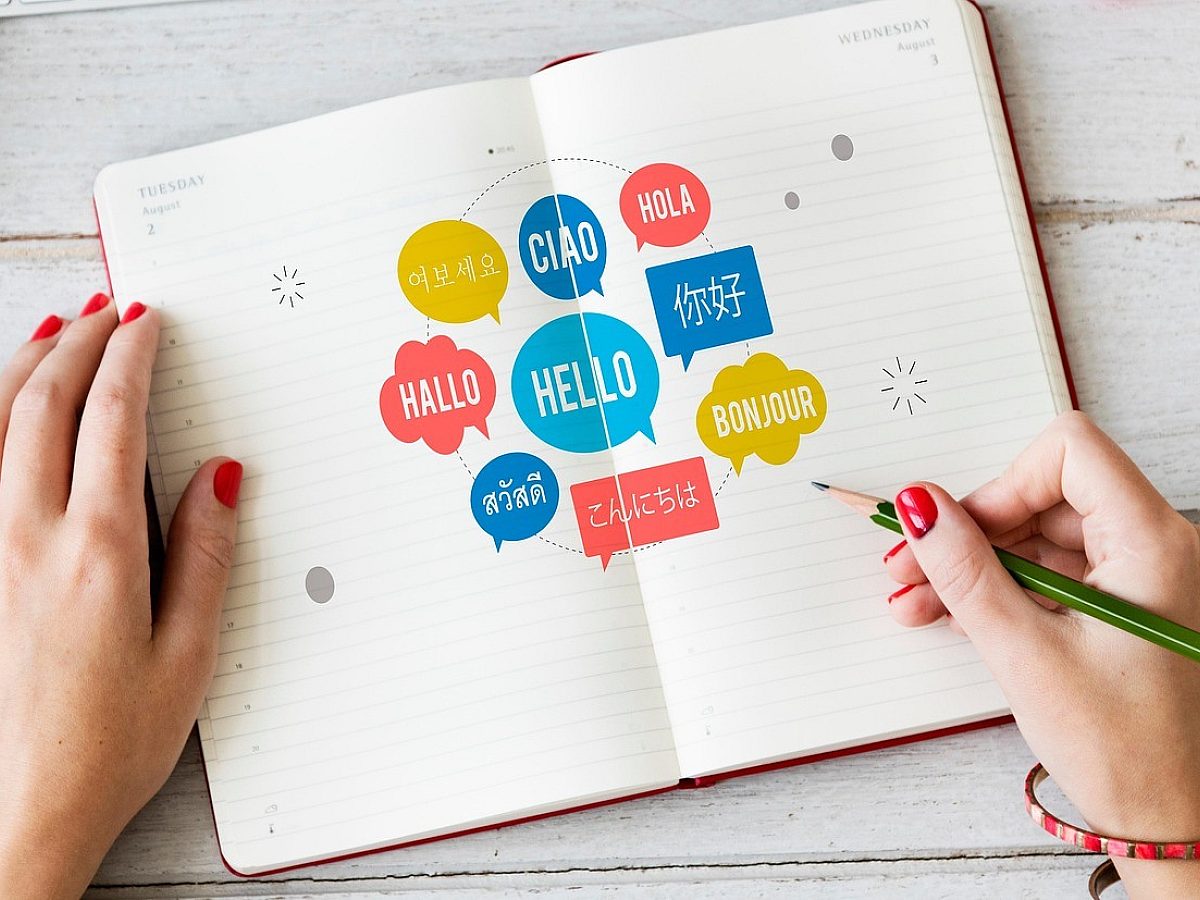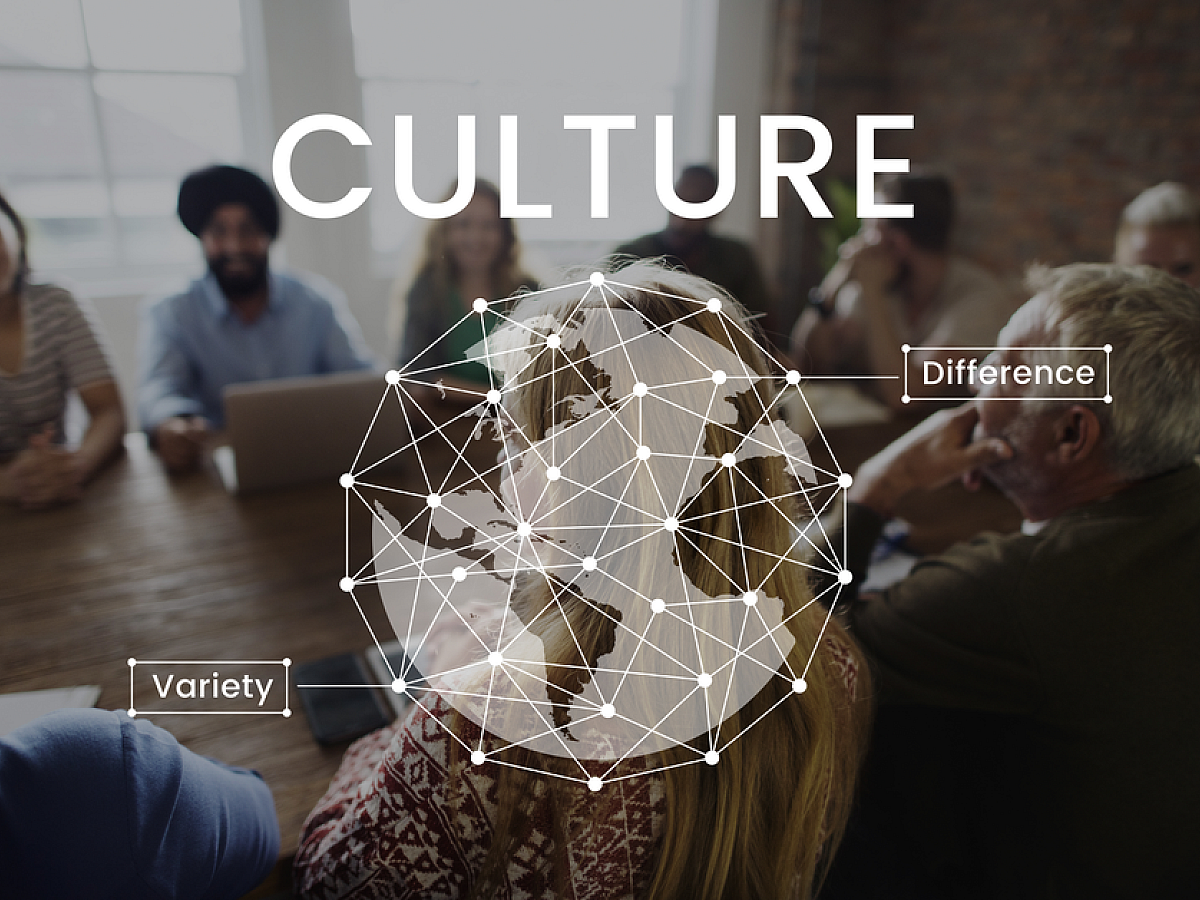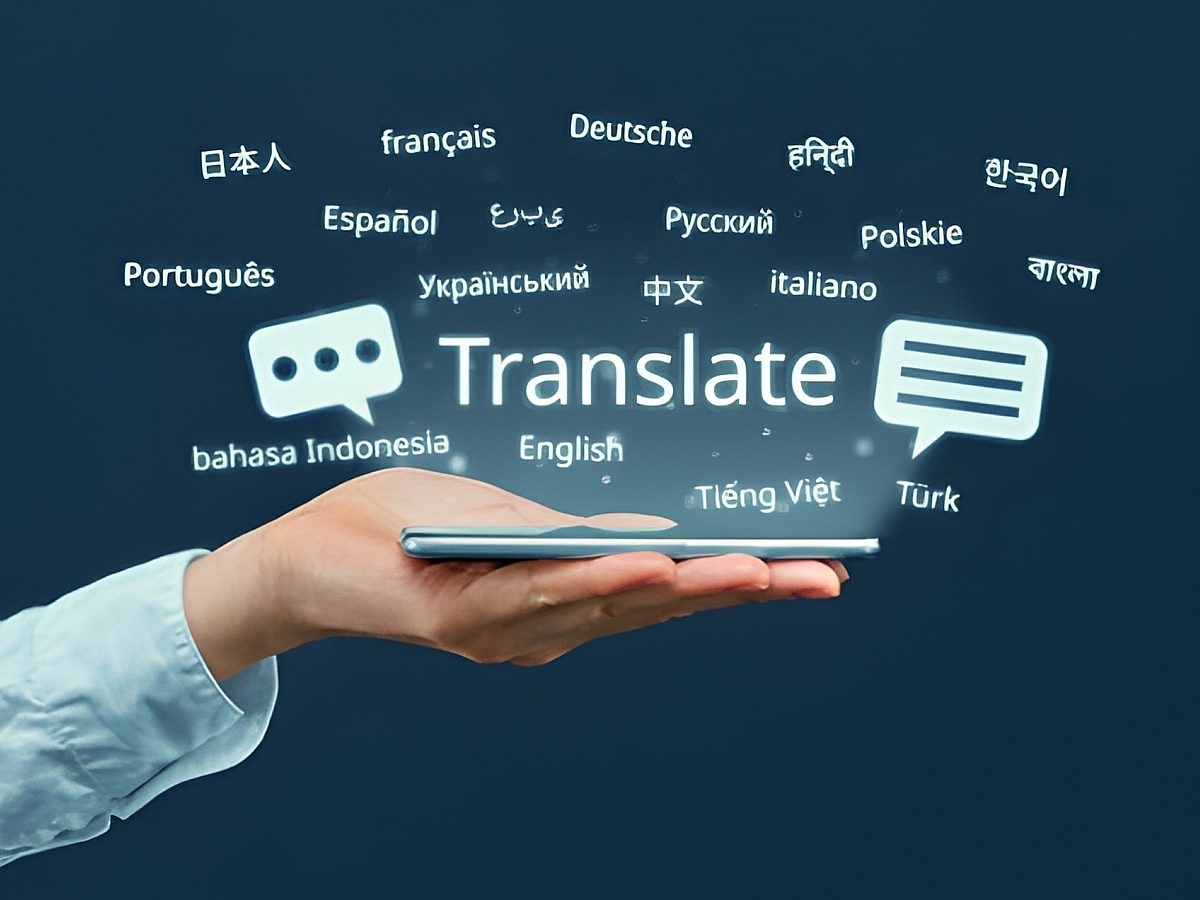As businesses rapidly expand across borders, the demand for fast, cost-effective translation is higher than ever. Artificial Intelligence (AI) and Machine Translation (MT) tools offer impressive speed—yet savvy organizations know quality, brand safety, and nuance can’t be sacrificed. Enter the “hybrid translation workflow:” a blend of machine translation efficiency with the critical accuracy of skilled linguists. This comprehensive guide explores when and how AI translation, human expertise, and post-editing combine for unbeatable localization, helping you make informed content decisions for international growth.
What Is a Hybrid Translation Workflow?
A hybrid translation workflow leverages both AI-driven machine translation and experienced human linguists. The process uses MT for the first draft, followed by professional post-editing, terminology management, and quality assurance (QA). The goal: maintain cost savings and scalability—without compromising on brand accuracy or regional relevance.
Why not just use AI alone?
While MT engines (such as neural machine translation) have improved dramatically and excel in speed and handling high volumes, they often struggle with:
Idiomatic expressions and culture-specific references
Highly technical, regulated, or creative content
Maintaining a consistent brand voice
Spotting context-specific errors that only a native human would notice
A hybrid approach lets teams use machines where they shine while putting humans in command when nuance, safety, and quality matter most.
Where AI Translation Excels—and Where It Fails
AI Translation Strengths:
Speed & Scale: Translate large content volumes—like product catalogs, support documents, or repetitive legal notices—in minutes.
Cost Efficiency: Lowers per-word translation cost, freeing budgets for specialist review or creative work.
Consistency in Repetitive Content: Does well with standard texts like FAQs, technical data sheets, and basic instructions.
Baseline for Post-Editing: Gives linguists a head start with initial drafts, especially for less creative content.
AI Translation Limitations:
Context & Nuance: AI may get the gist but lacks deep understanding of context—leading to awkward or misleading meanings.
Industry-Specific Language: Complex jargon, regulatory terms, or sector-specific phrasing might be mistranslated.
Emotion & Persuasion: Marketing copy, slogans, or emotional storytelling generally fall flat without a human touch.
Cultural Sensitivities: MT can’t pick up on cultural taboos, humor, or references unique to each market.
For example, a machine-translated marketing slogan may sound strange—or even offensive—if it isn’t reviewed by a native-speaking expert.
Human Post-Editing: What Does It Involve?
Post-editing is the secret sauce in hybrid workflows. After AI produces a draft translation, skilled linguists review, revise, and sometimes rewrite content to:
Fix obvious and subtle errors (syntax, grammar, word choice)
Ensure brand, tone, and terminology consistency
Adapt content for local context, intent, and audience expectations
Elevate the translation for creativity, engagement, and accuracy
Wolfestone’s post-editors, for instance, are not just bilingual—they are subject matter experts in domains like legal, medical, financial, and creative translation. This means better QA and true localization rather than cookie-cutter conversion.
The Workflow in Action: Step-by-Step
Let’s break down the hybrid process:
- Content Selection: Not all content is suitable for pure MT or human-only translation. Teams assess which pieces are “safe” for AI and which require a human start.
Example: Bulk product listings → MT + post-editing; campaign slogans → full human translation or transcreation.
Initial Machine Translation: AI or MT tools handle the first draft, rapidly producing a version in the target language.
Linguist Review & Post-Editing: Professional linguists check the text against source meaning, repairing context and correcting awkward phrases.
Terminology Alignment: Use of industry glossaries, style guides, and company-approved ‘do-not-translate’ lists preserves brand voice.
Quality Assurance: Final round of checks to ensure regulatory compliance, accuracy, and stylistic alignment.
In-Market Validation: Where stakes are high, native reviewers from the target market provide a last round of feedback, ensuring content resonates locally.
This method gives companies the “best of both worlds”: speed and affordability from machines, quality and cultural fit from people.
Case Scenarios: Who Wins—AI, Human, or Hybrid?
Let’s look at practical content types and the best workflow for each:
Content Type | Pure AI | Hybrid (AI+Human) | Pure Human |
Product catalogs | ✔️ | ✔️ | |
Legal documentation | ✔️ | ✔️ | |
Support documentation | ✔️ | ✔️ | |
Website UI/microcopy | ✔️ | ✔️ | |
Marketing campaigns/slogans | ✔️ | ||
Technical manuals (regulated) | ✔️ | ✔️ | |
Internal memos | ✔️ | ||
Press releases | ✔️ | ✔️ |
Pure AI: Acceptable for internal or non-customer-facing content where mistakes carry little risk.Hybrid: The gold standard for volume content that must still meet quality, legal, or brand requirements.
Pure Human: Required for highly creative, sensitive, or non-standard messaging.
Levels of Post-Editing: Light vs. Full
Post-editing is not “one size fits all.” There are two main levels:
Light Post-Editing
Target: Basic accuracy, understandable output
Edits: Fixes only serious errors that affect meaning or readability
Use cases: Internal company docs, low-risk FAQs, early content drafts
Full Post-Editing
Target: High-quality, publish-ready translation
Edits: Fixes all grammar, style, tone, idiom, and ensures adherence to brand guidelines
Use cases: Customer-facing sites, marketing, regulated/legal content, technical manuals
Wolfestone’s experts tailor the level to each client’s content type and risk tolerance, always prioritizing the user’s experience in the target language.
Essential Guardrails: Brand Safety and Quality
For any hybrid model to work, guardrails are essential:
Glossaries & Terminology Management: Pre-approved term lists ensure consistency, especially across longer projects or multiple vendors.
Style Guides: Detailed guides cover brand tone, formality, inclusions/exclusions, and approved phrasing.
“Do Not Translate” Lists: For names, slogans, technical terms, and branded product titles.
Data Privacy: Prevent personal or sensitive information from being processed in bulk by public MT engines, keeping compliance intact.
Security Reviews: Restrict use of cloud-based MT for confidential materials whenever possible.
Measurement: How to Track Quality and Results
To ensure your localization is as effective as it is efficient, establish clear measurement systems:
Edit Distance: The number of changes linguists make to MT output. High edit distances indicate MT struggles; low means efficiency gains.
Turnaround Time: Track how much faster hybrid projects finish—benchmark against human-only workflows.
Cost Savings: Monitor per-word cost changes with hybrid workflows vs traditional approaches.
In-Country QA Feedback: Gather structured feedback from reviewers and end-users for continual improvement.
Performance Metrics: Measure business results—such as leads generated from localized landing pages or customer satisfaction scores after support content launches.
Using these performance indicators allows for continuous optimization and smart decision-making on workflow structures.
Procurement and Vendor Selection Checklist
Selecting the right localization partner for hybrid workflows is critical. Here's what to look for:
Experience with MT and Post-Editing: Does the partner demonstrate proven results with hybrid workflows?
Qualified Linguists: Are the post-editors subject-matter specialists in your industry?
Quality Certifications: Look for ISO standards or equivalent to ensure rigorous QA processes.
Transparent Processes: Are steps, responsibilities, and review cycles clearly defined?
Security and Confidentiality: Ask about data handling, especially if you deal with sensitive or regulated information.
Client References and Case Studies: Does the vendor provide evidence of successful hybrid projects similar to your needs?
Wolfestone’s translation blog https://wolfestonegroup.com/translation-blog features multiple case studies and insights into the procurement process, helping clients choose workflows suited to their business goals.
Hybrid Success: Industry Examples
While the specifics may differ by sector, successful hybrid workflows share common traits:
E-Learning: Large course libraries benefit from AI pre-translation and expert post-editing to ensure lesson clarity and cultural resonance.
Technology: Product documentation with repetitive technical phrases is perfect for MT, but UI strings and marketing launches demand human tweaks.
Legal & Compliance: Routine legal forms may be batch-processed, but contracts and sensitive compliance documentation always require in-depth human review.
Companies showcased on the Wolfestone blog have cut translation turnaround by up to 50% for bulk content, while keeping customer-facing and high-stakes messaging fully aligned to local norms and regulatory standards.
The Future: Continuous Improvement in Hybrid Workflows
As AI translation engines evolve, so too must post-editing expertise and process oversight. The line between machine-efficiency and human excellence continues to blur—demanding continuing education, technology updates, and close client collaboration. Innovation isn’t just about faster delivery; it’s about smarter, safer content that wins trust and drives real market results.
Wolfestone’s regular posts on emerging translation technology, quality benchmarking, and industry advances help businesses stay ahead of the curve. For more, browse the latest thought leadership and success stories at their translation blog.
Conclusion: Smarter Localization Starts with the Right Workflow
True global expansion requires more than fast translation; it demands accuracy, cultural insight, brand control, and measurable ROI. A hybrid translation process—backed by robust post-editing, QA, and the right technical and human expertise—delivers this balance. By letting AI handle what it does best and empowering humans where stakes matter, businesses can unlock new global opportunities without sacrificing quality.
Want to learn more about selecting the right hybrid translation workflow or review real case studies? Explore Wolfestone’s blog archive for up-to-date guides and industry insights focused on multilingual success.



